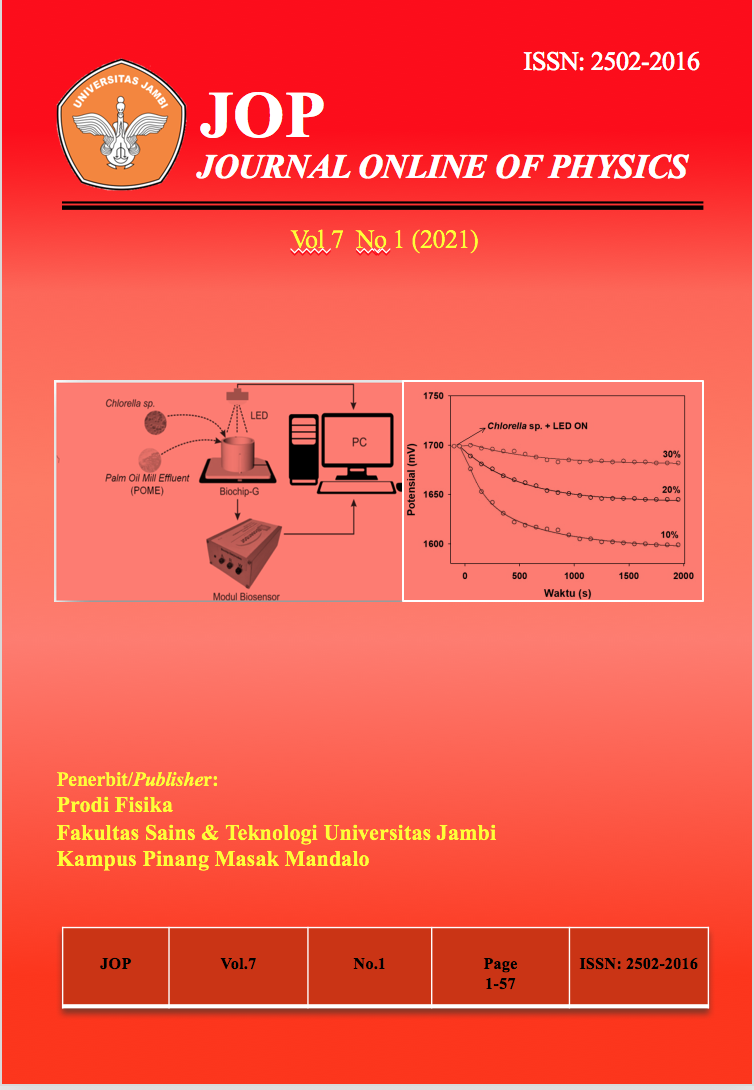PEMANFAATAN EKSTRAK UBI UNGU SEBAGAI INDIKATOR LABEL DALAM PEMANTAUAN KESEGARAN UDANG MENGUNAKAN NEURAL NETWORK
DOI:
https://doi.org/10.22437/jop.v7i1.14500Keywords:
indicator, purple sweet potato, shrimp, neural networkAbstract
The main weakness in shrimp marketing is the perishable food nature of shrimp. Generally, people identify the freshness of shrimp by direct observation. However, it will be difficult to detect the freshness of shrimp if it is marketed in a closed container. In this study, a label indicator of purple sweet potato will be made to detect the freshness of shrimp. The increase in the efficiency of indicator readings is carried out using a neural network algorithm. The results of the sensitivity test showed that the label indicator of purple sweet potato extract was sensitive to the presence of ammonia.Through a comparison between the storage time of shrimp and the organoleptic quality of shrimp, it is known that the quality of shrimp is divided into four classes, namely: (i) "Very fresh" marked with a solid red color (ii) "Fresh marked with a deep blue color (iii) "not fresh marked with a dark red color. gray and (iv) “very unrefreshing marked with a faded brown color. Through label indicator image classification using a neural network algorithm, from 73 training data obtained an accuracy rate of 95.89% and a precision of 92%.
Downloads
References
Achmad, Z. & Sugiarto, B., 2020. Ekstraksi Antosianin dari Biji Alpukat Sebagai Pewarna Alami. Jurnal Teknologi Technoscientia, 12(2), pp. 134-143.
Alimelli, A. et al., 2007. Fish freshness detection by a computer screen photoassisted based gas sensor array. Analytica Chimica Acta, 582(2), pp. 320-328.
Ananta, R., Kusuma, S. B. W. & Harjono, 2017. Film Berbasis Ekstrak Antosianin Ubi Jalar Ungu Sebagai Bioindikator Kerusakan Daging Ayam. Indonesian Journal of Chemical Science, 6(1), pp. 84-90
Arifuddin, W., 2018. Aktivitas Antioksidan Senyawa Antosianin dari Ekstrak Etanol Ubi Jalar Ungu (Ipomoea batatas L). Jurnal Sains dan Pendidikan Biologi, 1(2), pp. 26-29
Fatimah, S. S., Marwanti, S. & Supardi, S., 2020. Kinerja Ekspor Udang Indonesia di Amerika Serikat Tahun 2009-2017: Pendekatan Model Constant Market Share (CMS). J. Sosek KP, 15(1), pp. 57-67
Gustina, N., Yuliati, K. & Lestari, S. D., 2015. Madu sebagai Wet Batter pada Produk Udang Breaded. Jurnal Teknologi Hasil Perikanan, 4(1), pp. 37-45
Imawan, C., Fitriana, R., Listyarini, A. & Pudjiastuti, W. S. W., 2018. Kertas Label Kolorimetrik dengan Ekstrak Ubi Ungu Sebagai Indikator Pada Kemasan Pintar untuk Mendeteksi Kesegaran Susu. Jurnal Kimia dan Kemasan, 40(1), pp. 25-32.
Noor, A. et al., 2019. Senduduk (Melastoma malabathricum L.) extract as a green-indicator for monitoring shrimp freshness. Advances in Engineering Research, Volume 167, pp. 167-169.
Rahmat, A., Patadjai, A. B. & Suwarjoyowirayatno, 2019. Studi Kualitas Fisika Kimia dan Sensorik Udang Vaname (Litopenaeus vannamei) dengan Perlakuan Soaking Time Sebelum Pembekuan. Journal Fish Protech, 2(1), pp. 46-58
Watson, D., 1939. Studies of Fish Spoilage: IV. The Bacterial Reduction of Trimethylamine Oxide. Journal of the Fisheries Board of Canada, pp. 252-266
Verdian, A. H., Witoko, P. & Aziz, R., 2020. Komposisi Kimia Daging Udang Vanamei dan Udang Windu dengan Sistem Budidaya Keramba Jaring Apung. Jurnal Perikanan Terapan, Volume 1
Yanto, M., 2017. Penerapan Jaringan Syaraf Tiruan Dengan Algoritma Perceptron Pada Pola Penentuan Nilai Status Kelulusan Sidang Skripsi. Jurnal TEKNOIF, 5(2), pp. 79-87.











